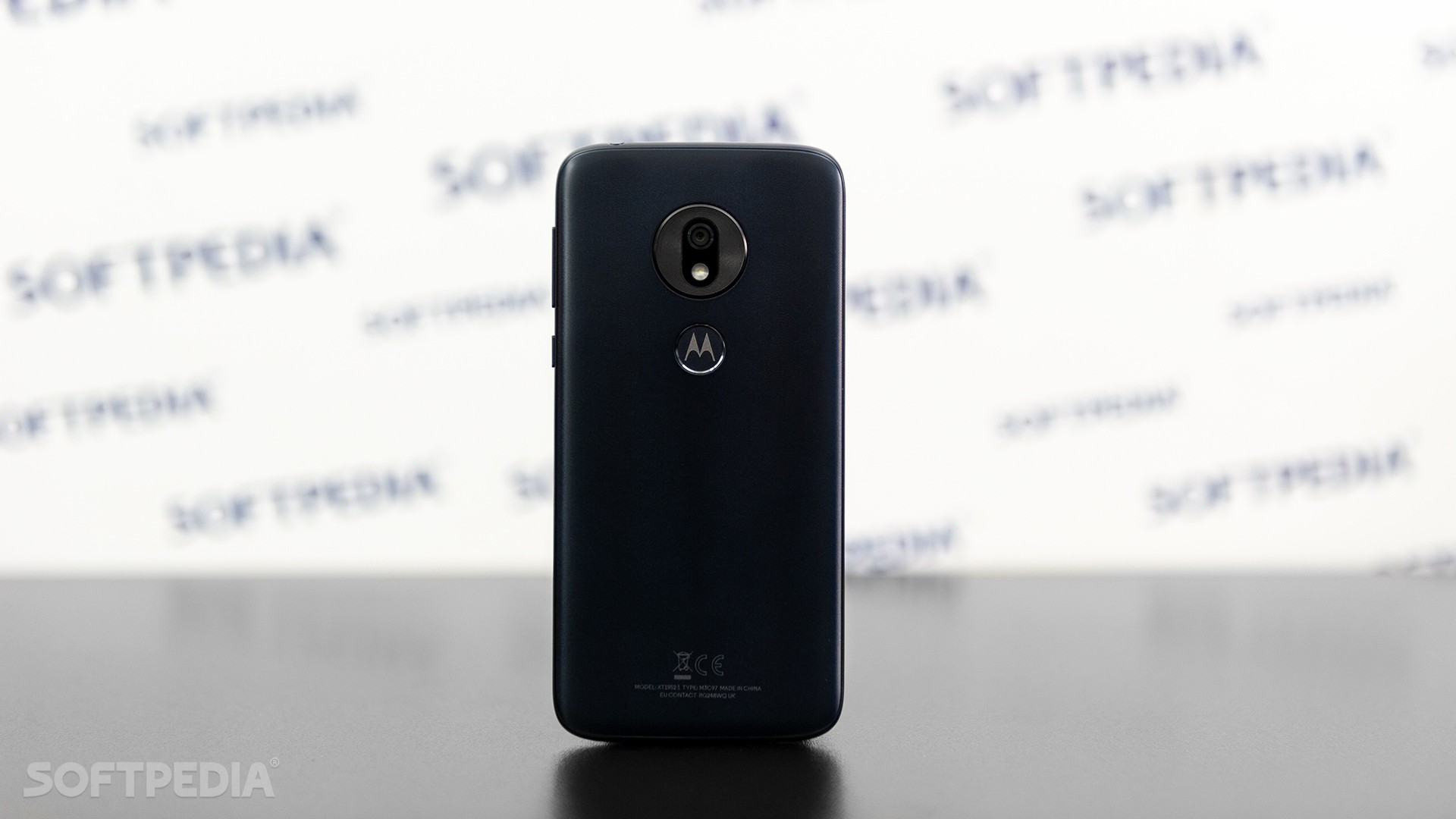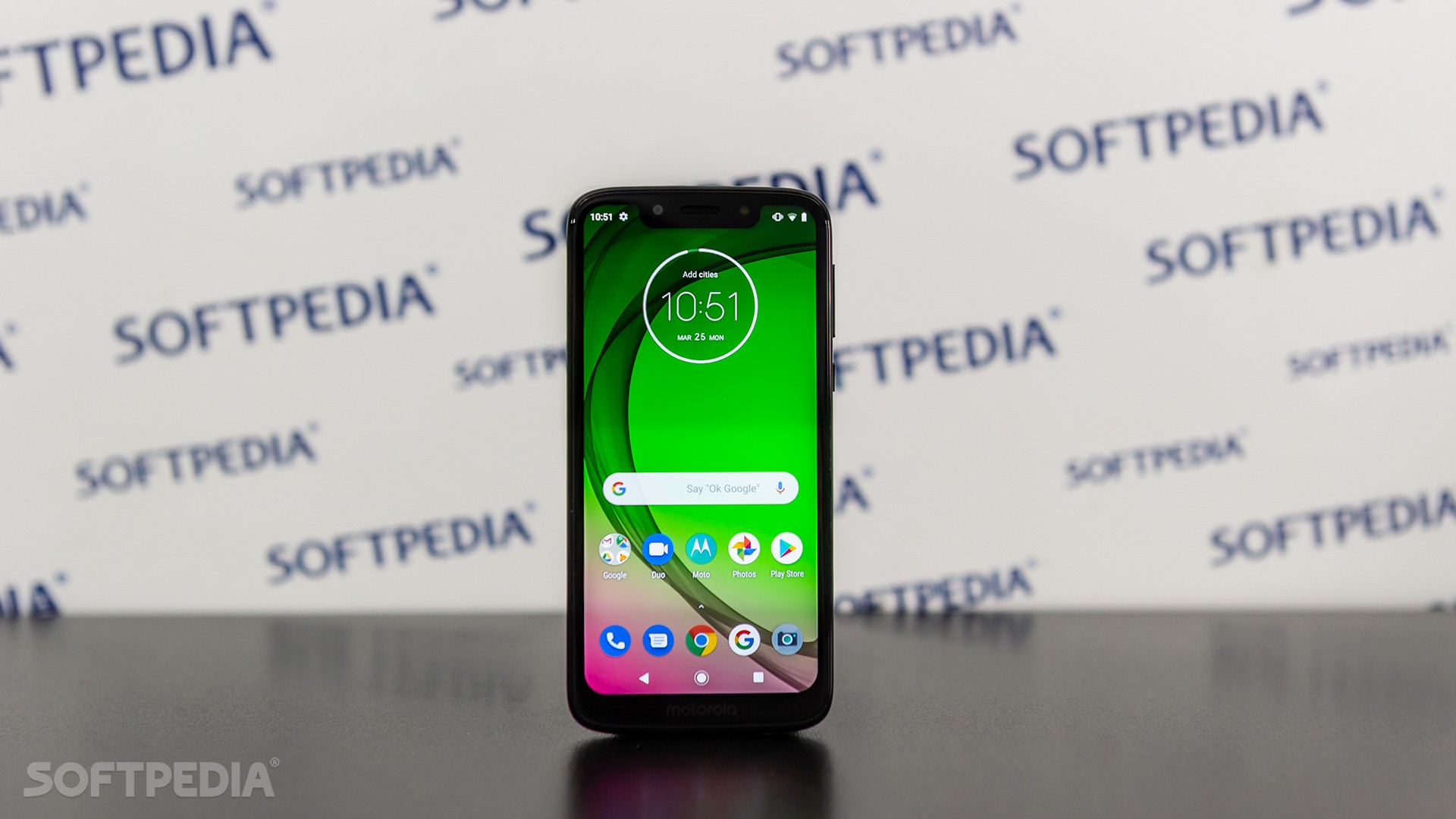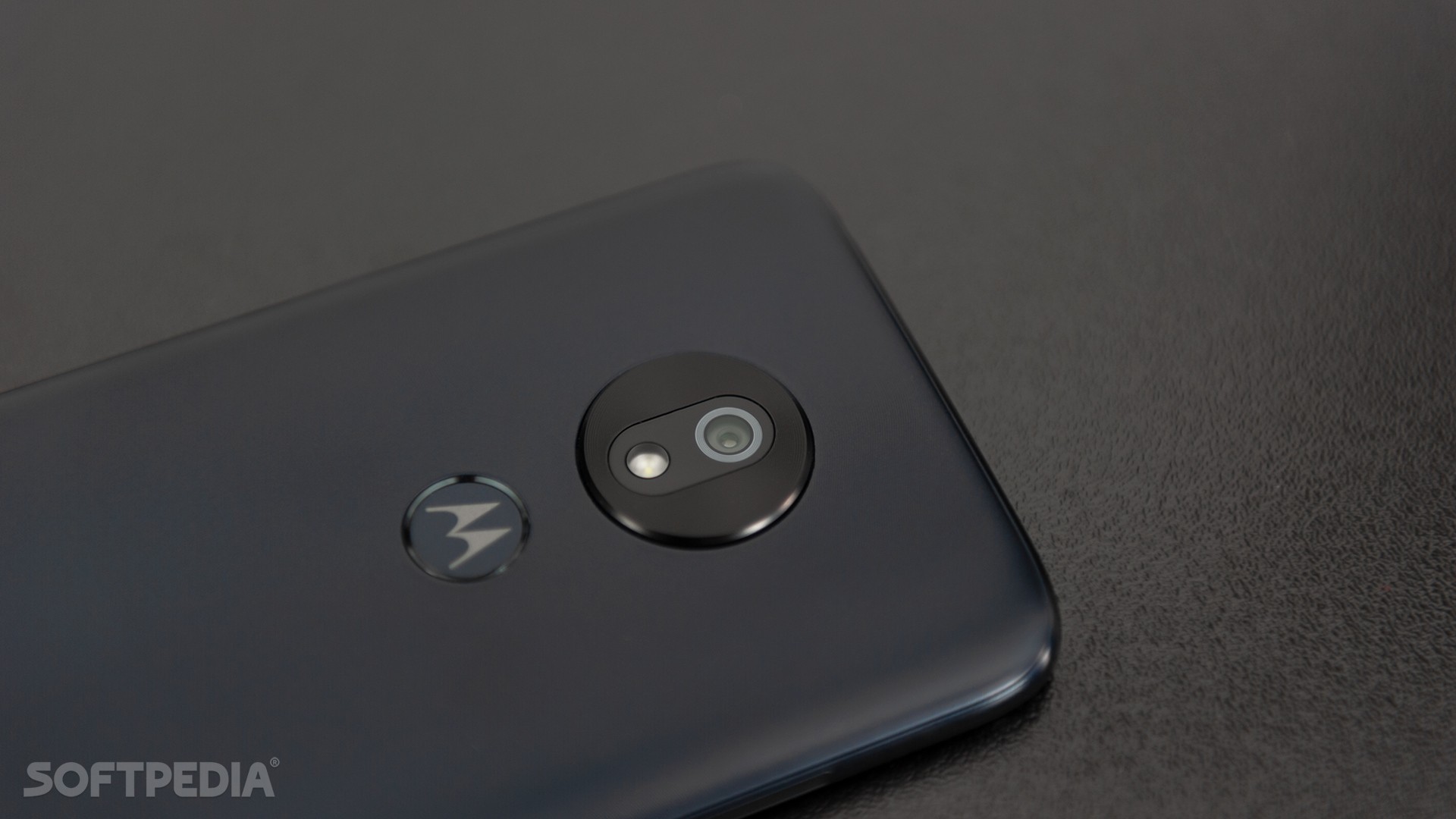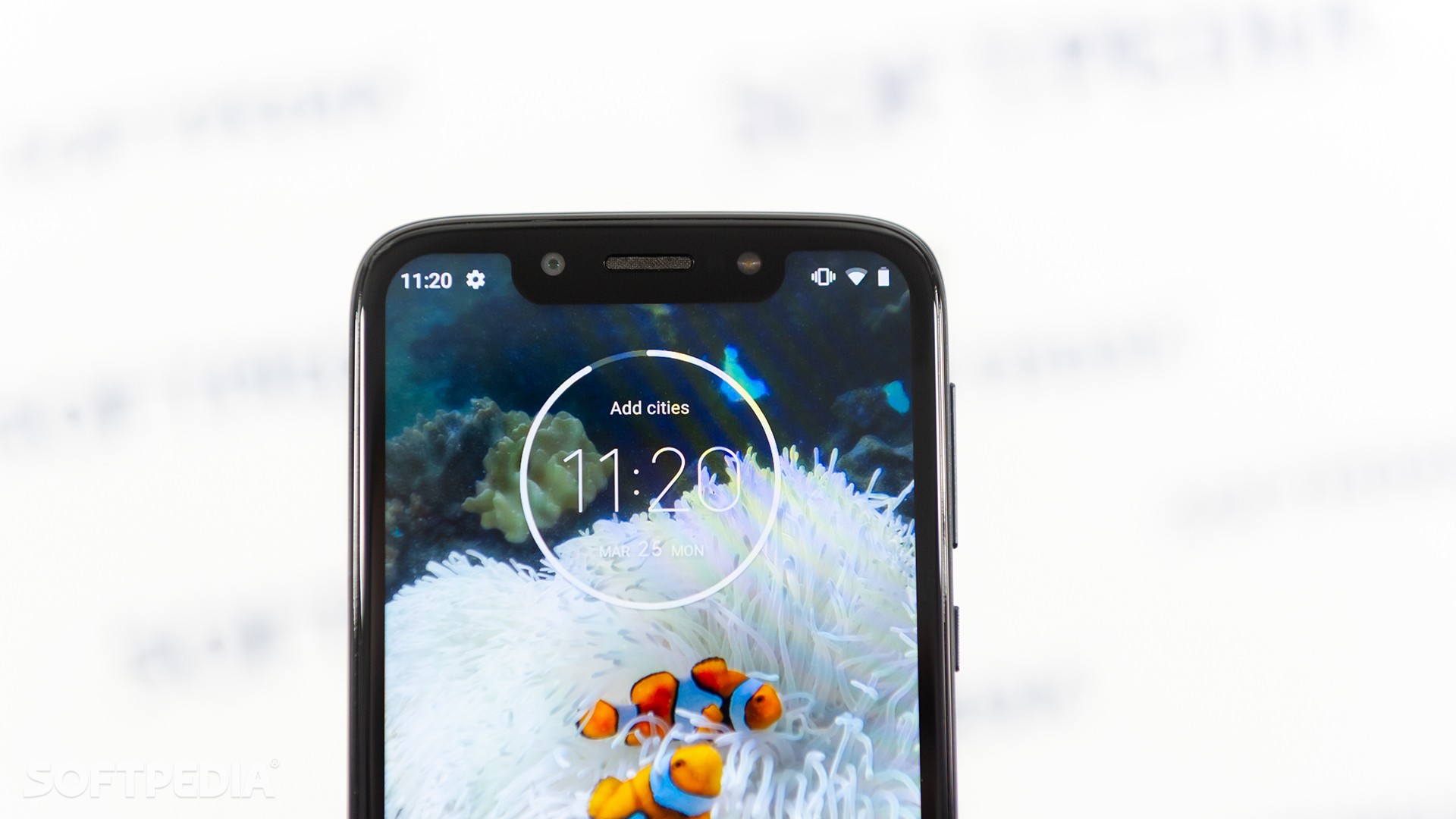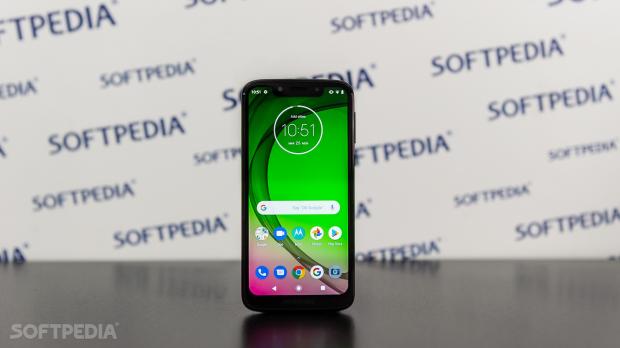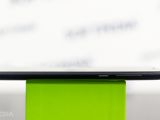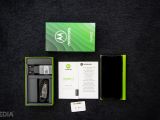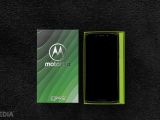Motorola’s Moto G7 Play isn’t a phone specifically built for gaming, as its name could make some people to believe, but a device whose main purpose is to target customers who aren’t planning to spend a fortune on a smartphone.
In fact, at $200 the Moto G7 Play is one of the most compelling models in this price range, promising features that you don’t necessarily find on the spec sheet of its rivals.
And while the price tag clearly indicates that there’s no reason to expect iPhone XS-like performance from this phone, the Moto G7 Play could take you by surprise in several regards, so read on to find why you should and shouldn’t buy one.
First and foremost, the design of the G7 Play has two different things that stand out from the rest: the plastic body and the gigantic notch.
At first glance, both are major drawbacks, especially for people who aren’t the biggest fans of notches, but hear me out on this because you could end up changing your opinion.
Because of its price tag, plastic was pretty much the only material that Motorola could choose for the G7 Play. And you know what? I actually like it because it offers excellent grip and makes the phone feel solid and compact when held in hand. As I said repeatedly in my reviews, while the glass gives a super-exquisite look, it also makes them as slippery as a watermelon seed. Couple this with a $1000 price tag and you end up with the perfect combination to waste your money in a second.
The overall dimensions of the phone also make the G7 Play easy to carry around. Measuring 147.3 x 71.5 x 8 mm (5.80 x 2.81 x 0.31 inches) and tipping the scales at 149 grams, the device is smaller and lighter than the G6 Play launched in 2018, and it perfectly fits the front pocket of my jeans. This is another major plus, as carrying phones has become a huge pain in the neck given the continuously-increasing screen sizes.
The plastic back of the phone also comes with a nice texture which contributes to the grip I praised earlier. Motorola also uses Gorilla Glass 3 on the screen for extra protection, but the phone overall also feels pretty tough anyway.
What I don’t like, however, is the camera bump on the back, which is pretty gigantic for the overall size of the phone. And another problem with it is that such a large size makes many believe that the camera is a key feature of the phone, and as you’ll learn in a few minutes, it actually isn’t.
The design of the phone isn’t necessarily impressive, but at this price point you really can’t ask for more. The notch, on the other hand, is so big you can land a plane on it (credits for this comparison go to Samsung), and it’s all because for some reason, Motorola decided it would be a clever approach to also use it as the home of a front-facing flash and the speaker.
As I said in the past, I’m not a big fan of notches, but I more or less learned to live with them. However, Motorola gives users the option to hide it on the G7 Play, though it’s not a really straightforward operation. What you need to do is head over to the Developer Mode and look for an option called Cutout. Simply switch it to Hide and that’s it. You should now see a top bar that emulates a larger bezel but which returns things to normal in terms of design.
The biggest drawback of the notch isn’t necessarily the way it looks, but the impact it has on the experience with Android overall.
For example, one area that it affects is usability, as the space on the left and the right of the notch is heavily constrained, so there’s no room for notification icons. Because of this, the G7 Play only shows one notification icon and then uses a dot to indicate that there are more apps requiring your attention. This is probably the thing I hate the most about this approach, but again, this isn’t something that’s only limited to Motorola’s phone, but to devices from several other brands too.
Despite the notch and 5.7-inch LCD screen, the G7 Play doesn’t have an impressive screen-to-body ratio. It only reaches 77.3 percent, which is less than you might expect from a notched smartphone, but again, don’t forget that this model doesn’t cost more than $200.
With a 19:9 ratio and a resolution of 720 x 1512 pixels, the G7 Play is supposed to provide you with above-the-average graphics for the typical activities, including videos and gaming. Obviously, when it comes to games, the experience isn’t top-notch mostly because of the hardware, but the screen optimizations and the colors are pretty good.
The hardware section comes with a mix of good and bad. First and foremost, the G7 Play is powered by a Snapdragon 632 chip, which is pretty surprising at this price point. This means the device has a better processor than most of its rivals, and this, in turn, should translate to better performance and increased battery life. And at some level, it does.
If it weren’t for the 2GB RAM, the G7 Play was capable of offering much better performance, but you can’t keep the price tag so low without major cuts in terms of hardware, right? By default, you get 32GB of storage, but there’s also microSD card support should you need a maximum of 512GB extra.
Let’s talk a little bit about the camera. With a single-camera unit that uses a 13-megapixel sensor with f/2.0 and 1.12 um sensor size, it’s pretty clear that the Moto G7 Play relies a lot on software tweaks. And when I say a lot, I really mean it, and you can easily notice this when taking a photo.
The G7 Play instantly adjusts the brightness settings when focusing, but what’s worse is that in many cases, it actually gets them wrong. The device ends up setting brightness too high or too low, so I found myself forced to switch to manual adjustments on several occasions. And this is actually the good part. Motorola not only that allows you to make your own tweaks, but this phone actually comes with a fully-featured manual mode.
Obviously, this won’t help you too much given that in most of the cases, you need just the perfect amount of light to take a good shot. Otherwise, you end up either with overexposed photos or with too much darkness and an insane amount of noise. The colors are good only when the light is good too, and I noticed that the post-processing sometimes takes up to several seconds.
What’s important to know is that the phone comes without some mainstream camera capabilities, like OIS, but on the other hand, you get HDR, which doesn’t really make a difference unless, as I said earlier, you have just the perfect light.
Other than that, the camera comes with all kinds of gimmicks, including special modes, which sometimes help you take some surprising shots. This is probably the best moment when the Play moniker fits like a glove on this affordable smartphone.



The Moto G7 Play boasts a 3,000 mAh battery with heavy optimizations and several modes that come built-in, so you should be able to use this phone more than 24 hours per charge even if you’re a heavy user. This is mostly the result of a large battery mixed with budget hardware, so don’t be too surprised about it.
What you should be surprised about is that the G7 Play comes with a USB Type-C port and even fast charging support. Oddly enough, the charging process takes more than 2 hours with Motorola’s charger that comes in the box and the time doesn’t improve much when using a third-party fast charger from a different brand. Good thing the phone can get you through the day though.
As for the rest of the hardware, you obviously get a fingerprint sensor on the back (not on the side, not in the glass) which just does its job without any special gimmicks. Wi-Fi and Bluetooth are part of the package as well, but you won’t get NFC, so the Moto G7 Play won’t support wireless payments.
The G7 Play is one of the phones that still come with a headphone jack, though I believe that sooner or later, the whole industry would leave this connector behind.
Like the G7 itself, the Play version comes with Android 9.0 out of the box. This is actually one of the things I always loved about Motorola. The company launches phones with the latest Android version available at that point regardless of the hardware, and the G7 Play makes no exception.
The phone runs Android 9.0 Pie smoothly, and it even features Motorola’s typical tweaks that include gestures for certain tasks like opening the flashlight faster. Motorola continues to offer nearly-stock Android on its phones, and this is another thing that I like about the company. Bloatware isn’t by any means something that we should accept, and, in fact, many of us really don’t, as unwanted apps are removed the minute after setting up the device.
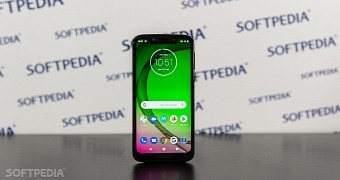
 14 DAY TRIAL //
14 DAY TRIAL // 